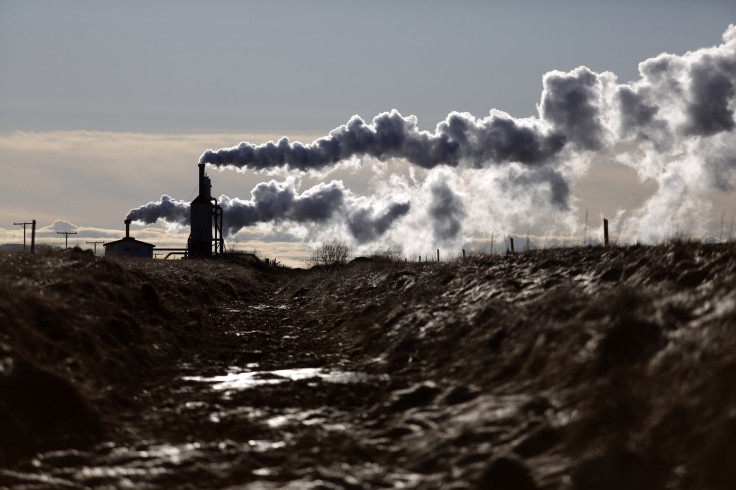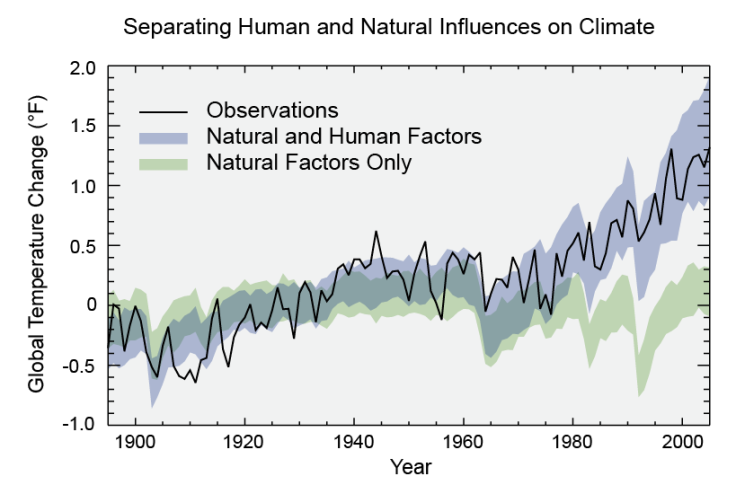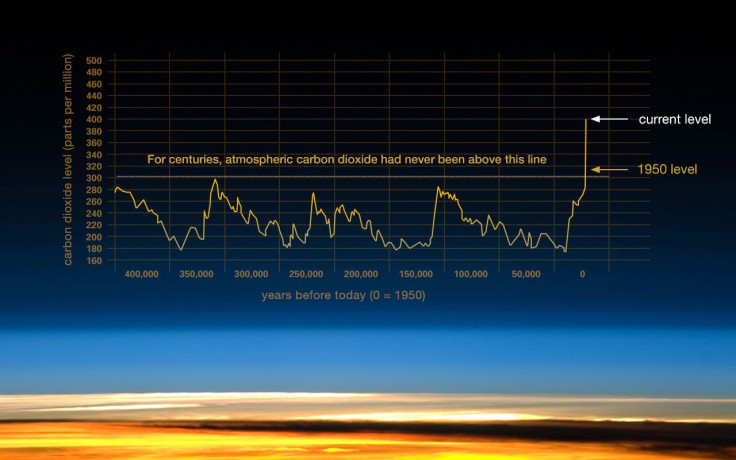CO2 And Climate Change: Human Activity Causes Global Warming, Science Shows EPA's Scott Pruitt Is Wrong

Thursday morning, Environmental Protection Agency Administrator Scott Pruitt left those who believe in climate change going through a wide range of emotions after saying he does not believe that carbon dioxide emissions are a primary contributor to global warming. Science says he’s wrong, and the evidence is abundant.
Pruitt denied the impact of CO2 created by human activity on climate change in an interview on CNBC, just days after the National Oceanic and Atmospheric Administration announced that the 2016-2017 winter was the eighth warmest winter on record in the United States, and February was the second warmest February on record.
Pruitt, who has close ties to the fossil fuel industry, was criticized for his lack of concern on the topic of climate change in his confirmation hearings before joining President Donald Trump’s administration. Last month thousands of Pruitt's emails revealed his relationship with the fossil fuel industry, according to the Washington Post. Trump himself is a climate change skeptic, he once blamed climate change on the Chinese and campaigned on the promises to pull the United States out of the Paris Climate Agreement and to revive the coal industry.
On Thursday morning, when asked: “Do you believe that it’s been proven that CO2 is the primary control knob for climate?” Pruitt replied, "No, I think that measuring with precision human activity on the climate is something very challenging to do, and there’s tremendous disagreement about the degree of impact. So no I would not agree that it’s a primary contributor to the global warming that we see...But we don’t know that yet we need to continue the review and the analysis."
But the EPA’s website states otherwise : "Recent climate changes, however, cannot be explained by natural causes alone. Research indicates that natural causes do not explain most observed warming, especially warming since the mid-20th century. Rather, it is extremely likely that human activities have been the dominant cause of that warming."
Most scientists are in agreement with the EPA. “The link between CO2 associated with human activities with global warming is an issue that was settled decades ago,” David Wolfe, a Cornell professor and Atkinson Center for a Sustainable Future Faculty Fellow, told International Business Times. "We not only know that CO2 is a contributor to global warming, but that it is a major contributor, by quite a long shot."

As this chart (from the EPA) shows, had the temperature only changed due to natural factors the world would be a cooler place right now. When natural and human factors are looked at together, the rise in temperature is far more drastic, especially in the postindustrial years and around the 1960s when consumerism really started to take off.
While it’s true that the Earth has historically experienced natural warming and cooling cycles that are directly tied to CO2 levels, natural CO2 levels do not explain the drastic uptick in climate change over the last century. Climate data from hundreds of thousands of years ago show that in accordance with natural variations in the Earth’s orbit and various feedback systems that heat and cool the planet, CO2 levels have always risen and fallen.
"For close to 500,000 years there were some ups and downs in the atmosphere and then just not more than about 150 years ago it started raising from 280 parts per million to 330 parts per million in the 80s, and now even more quickly," Wolfe explained, "It’s [the amount of CO2] going up exponentially every decade."
The swift uptick on graphed data, and that Wolfe describes, indicates an unprecedented rate of warming, and shows that something other than those natural forces had an impact on the CO2 levels of the last century.

How are CO2 levels from long ago measured?
Scientists are able to determine CO2 levels from hundreds of centuries ago by studying glacial ice. Essentially they drill into ancient glaciers, like those in Greenland, and pull out tubes of ice. The air bubbles trapped in the ice from centuries ago contain whatever gases were in the air at the time it was trapped. By studying that air, and breaking down the gases it contains, scientists can determine how much of the air at the time was CO2 gas. Additionally, tree rings, ocean and rock sediment also serve as proxy records of climate conditions of the past.
How does CO2 contribute to climate change?
Carbon dioxide is a key climate change contributor because it traps heat within our atmosphere and stays there for a long time. CO2 is now being released faster than the Earth can handle and once it’s released into our atmosphere, either through the burning of fossil fuels or naturally, it hangs out there and keeps heat from escaping into space. CO2 is also contributing to sea level rise because as CO2 enters the ocean, it warms up the water and the water expands, and when it expands it has to go somewhere meaning the ocean will get bigger and our beaches will get smaller.
So CO2 levels have risen as human activity increased and we figured out how to use fossil fuel to power our homes, cars and everything else we rely on. Multiple studies show that roughly 97 percent of scientists believe human activity contributes to climate change.
IBT reached out to the EPA via phone and email but the EPA had not responded at the time of this post.
© Copyright IBTimes 2024. All rights reserved.





















